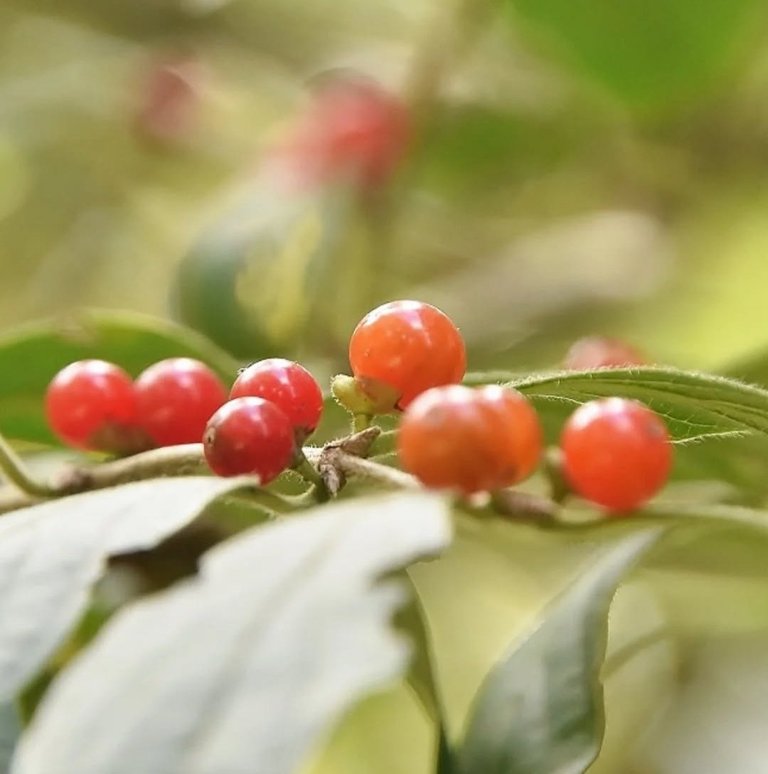Allophylus edulis – The Versatile Gem of the Tropics

The Allophylus edulis, commonly known as the native cherry or chal-chal, is a remarkable tropical and subtropical plant admired for its ecological importance, medicinal value, and edible fruit. Belonging to the Sapindaceae family, the same family as lychee and longan, this small tree or shrub is native to South America, particularly in countries like Brazil, Argentina, Paraguay, and Uruguay. With its lush foliage and sweet berries, Allophylus edulis stands as a testament to nature’s ability to blend beauty and usefulness in one humble plant.
In appearance, Allophylus edulis is both graceful and practical. It typically grows between 3 to 6 meters tall, with slender branches and trifoliate leaves — each leaf composed of three glossy, green leaflets. When in bloom, it produces small, white to greenish flowers that attract pollinators, followed by clusters of red to blackish berries. These fruits, though small, are juicy and pleasantly sweet, often compared to cherries, and are eaten fresh or used in jams and beverages in local cuisines.


Beyond its edible fruits, Allophylus edulis plays an essential role in natural ecosystems. Its berries provide food for birds and small mammals, helping in seed dispersal and promoting biodiversity. The plant is hardy and adaptable, growing well in poor soils and tolerating both sun and partial shade. Because of its resilience and ecological value, it is often used in reforestation and habitat restoration projects throughout South America.
Traditionally, the Allophylus edulis has been highly valued in folk medicine. Indigenous communities have long used various parts of the plant for their healing properties. The leaves and bark are known to possess anti-inflammatory, antioxidant, and digestive benefits. Herbal infusions made from its leaves are believed to help treat stomach ailments, colds, and mild fevers, while the bark has been used to reduce inflammation and aid wound healing.